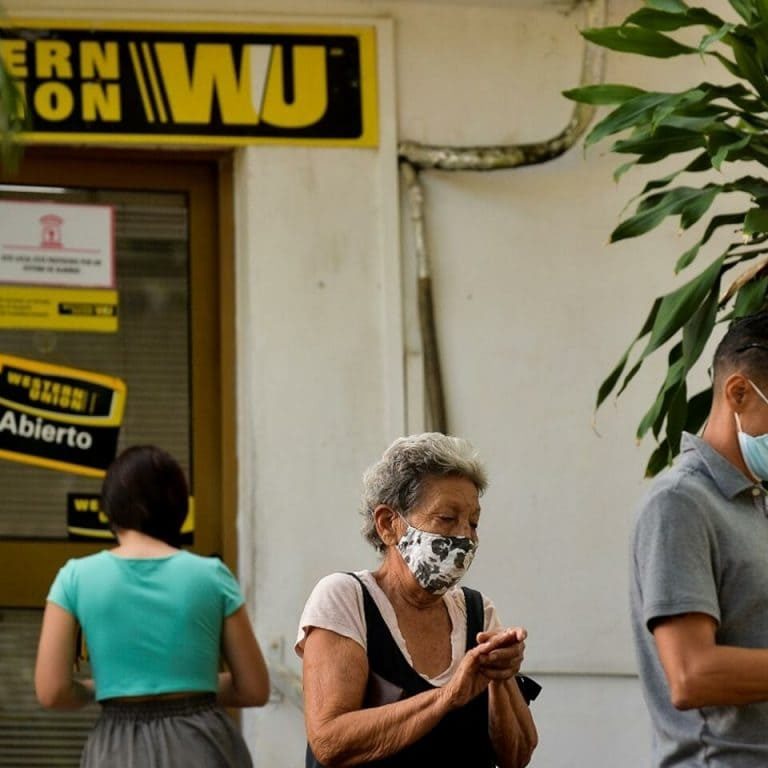
By: Redacción Intertextual/ contacto@intertextualcr.com
On the afternoon of July 31, 2021, Nicaragua was experiencing one of the most painful episodes for the Catholic community, the Metropolitan Cathedral of the Immaculate Conception of Mary in the capital Managua, was being consumed by fire after a bomb exploded.
It was an attack at noon, a Friday, but still, on July 31 three years ago. The chapel of the image went up in flames, as the people of Managua prepared to take advantage of the patron saint festivities in honor of Santo Domingo de Guzmán and pray for the end of the pandemic that has killed thousands in the country and devastated other countries.

In July 2022, Nicaragua registered attacks on Catholic churches and chapels in several departments of the country, with the Managua cathedral being one of the most painful scenarios for the parishioners of the venerated image of La Sangre de Cristo and the Catholic community nationally and internationally.
That day a man, of unknown identity, approached one of the cathedral workers to ask her where the chapel of La Sangre de Cristo was located, to which she indicated the place, minutes later a strong explosion It was heard inside the chapel, where the Blessed Sacrament was likewise exposed.

The witness was unable to identify the person, other than adding that seconds before the explosion she saw a hooded man throw an object inside the site, she told the media.
You can read: Nicaragua among the countries with the greatest violations of freedom of expression
The strong flames, although they did not claim human lives, consumed everything that was inside, including the image of the crucified Christ, more than 380 years old, which arrived in Nicaragua since 1638 and has remained in the cathedral since 1996.

Several miracles are attributed to the image, which is why it is venerated and attracts promises from various parts of Nicaragua during Holy Week, on its customary route on Good Friday.
The event was classified as a terrorist attack by the hierarchs of the Catholic Church, however, an hour after the firefighters showed up at the chapel, the government spokesperson, first lady and vice president, Rosario Murillo, attributed the fire to the “candles”.
Through a statement, the national police, in line with Rosario Murillo, attributed the events to the candles and an alcohol gel spray that was at the entrance of the chapel for the use of the parishioners.
The impact of the fire caused the face of the image to completely detach from the body and reduce it to carbon, however, it preserved its structure, which every Good Friday accompanies Nicaraguans under a glass box that protects it.
Three years after this attack, the Catholic parishioners remember this event by fasting and praying, one day before the capital’s patron saint festivities.

In his homily, Cardinal Leopoldo Brenes dedicated the month of July to The Blood of Christ and recalled «with much suffering» the attack of which the «blessed representation» was the victim.
In its Twitter account, the opposition Civic Alliance recalled this event “three years after the terrorist act; the consecrated image of the Blood of Christ, still calcined, accompanies us, nailed to the cross that could not be destroyed.”
Church forgives
The church invites us to pray. This day I raise my prayers asking for forgiveness to the Blood of Christ for the soul of the person who, moved by hatred or worse, following someone’s instructions, committed such a sacrilege», said Mrs. Mercedes Zúñiga, who at four in the morning today, prayed the rosary of Divine Mercy.

Even though the image is damaged, faith remains the same. They can destroy the image, but we have our faith intact,» added the nun, whose face was illuminated by the light of the candles on her altar, where he placed a photo of Monsignor Rolando Álvarez. “The church is such an outrageous person,” he said.







